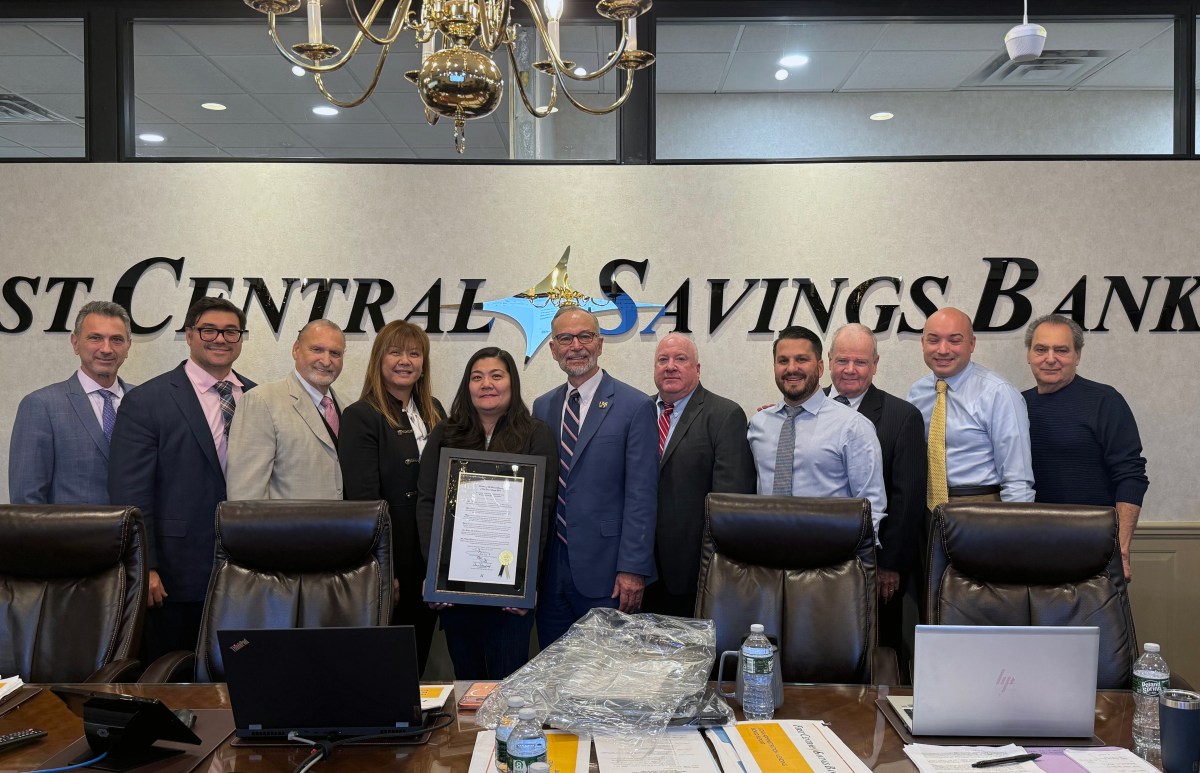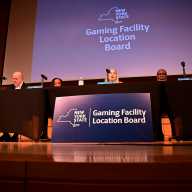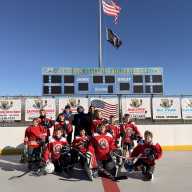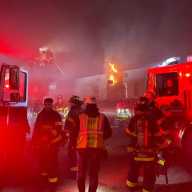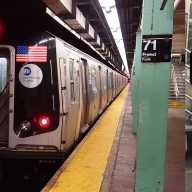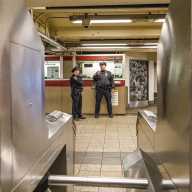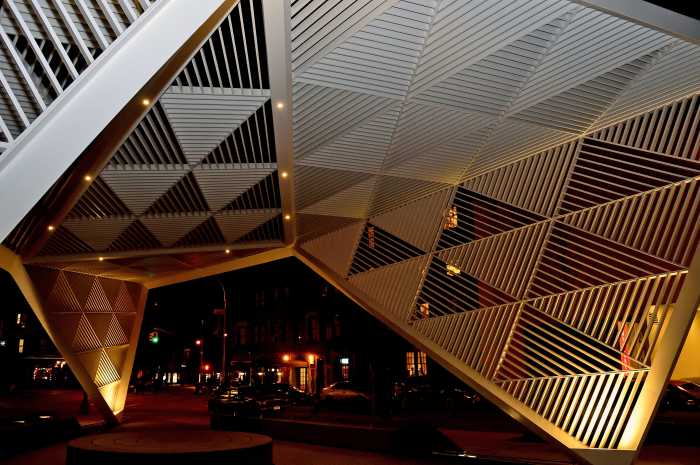Arnold Franco gently nodded as the first of 59 names spoken was followed by the soft ringing of a bell being gently struck.
“Private Harry Achison, U.S. Army,” read a young woman into the microphone.
Chime.
“Aviation Cadet Chase Andrews, U.S. Army Air Forces,” she continued.
Chime.
“Second Lieutenant John M. Appleby, U.S. Army Air Forces.”
Chime.
And so it went, as the woman was followed by three young men who each recited a portion of the names of the Queens College students and staff who gave their lives in service to this country during the dark years of World War II.
Franco, who described himself earlier as “on a cloud,” gently raised his right hand to his chin deep in contemplation. As the list grew longer he shook his head almost imperceptibly and cast his eyes upward as if to ward off an invisible pain that the sound of each name brought him.
It was Friday, November 10, the eve of Veterans' Day, and Franco's dream of memorializing those Queens College soldiers who fought and died in the war that spared his own life had finally come true. After a year of research conducted by students recruited from the college's history clubs and planning, all funded by Franco, a 1943 graduate of the school, the three waist-high, black granite blocks placed at the base of the school's flag post were unveiled from beneath mustard-colored cloth as the new World War II Veterans Memorial Plaza at Queens College.
Arranged in a semicircular pattern and facing onto newly laid bricks, the block on the right contained a bronze plaque on which each of the school's 59 fallen soldier's names was inscribed. On the ground, the bricks contained the names of 54 soldiers, including Franco, related to Queens College and ordered to active military service in 1943 by President Franklin D. Roosevelt. Eventually, the school hopes to inscribe the remaining bricks with the name of each of the school's faculty, student or staff who served - 1,235 in total.
In the center, a dedication of the plaza to the Queens College WWII veterans was inscribed into the stone itself. On the far right, another bronze plaque matching the first gave short biographies of Franco, who gave the school $100,000 to see the memorial become reality, and his wife, Beverly.
A father of four, author, businessman and philanthropist, Franco served in the Third Radio Squadron Mobile in Europe where he was a military code breaker, service for which he was awarded the Legion of Honor by the French government.
The ceremony began at 2 p.m. with the audience rising to the posting of the colors by the 800th Military Police Brigade of Uniondale, New York. Next, the Aaron Copland School of Music Chorus sang the national anthem and Father Paul A. Wood, Chaplain of the Catholic Newman Center, gave the invocation.
Speakers included Queens College President, James L. Muyskens; Major General William Terpeluk, Commander, 77th Regional Readiness Command, Fort Totten, N.Y.; State Senator Frank Padavan; New York City Councilmembers James Gennaro and Hiram Monserrate; Queens College alumnus and poet Samuel W. Menashe, who fought in the Battle of the Bulge; and Franco himself.
“For those 59 who gave their lives for all of us they have now made it back to the place they left over 60 years ago, this now has become truly hallowed ground,” Franco said as his voice choked up and he brushed away tears that could no longer be controlled.










